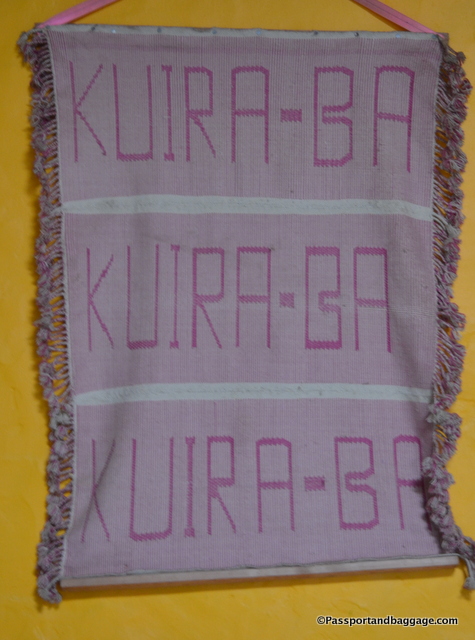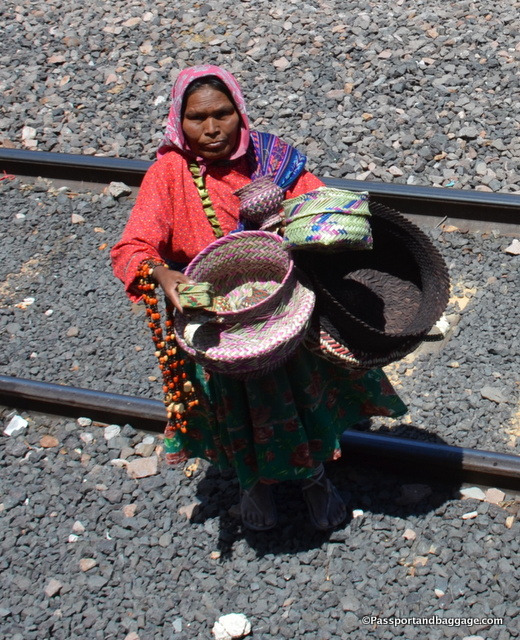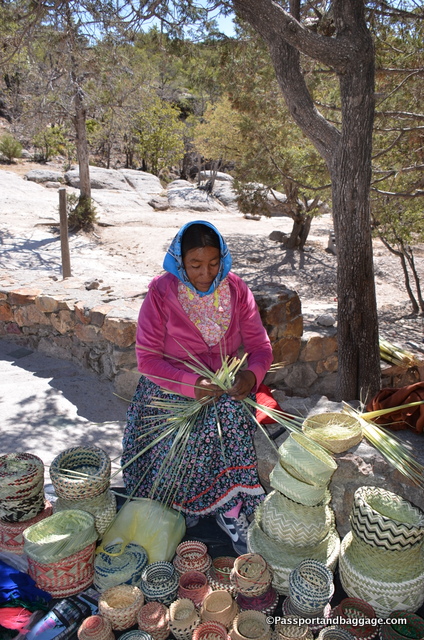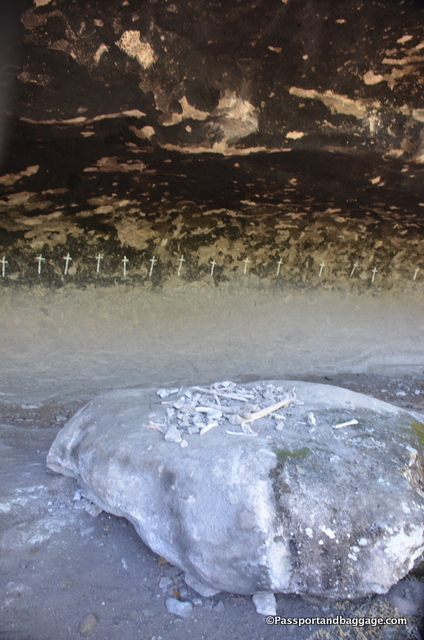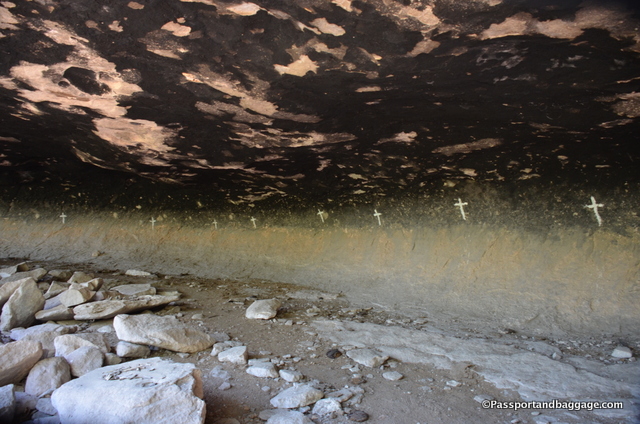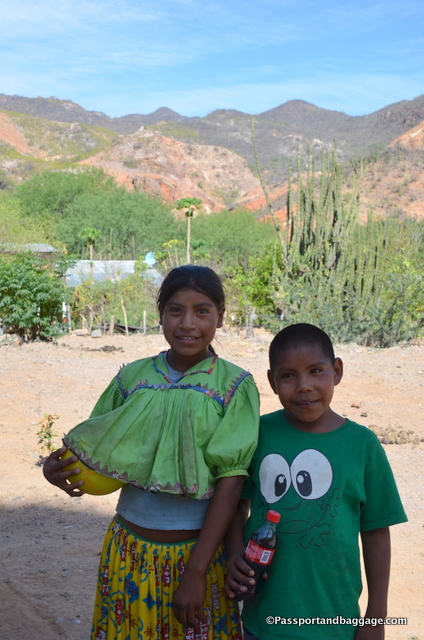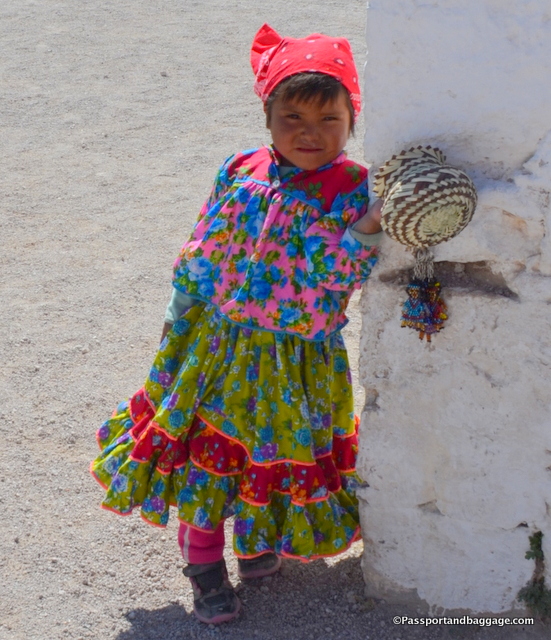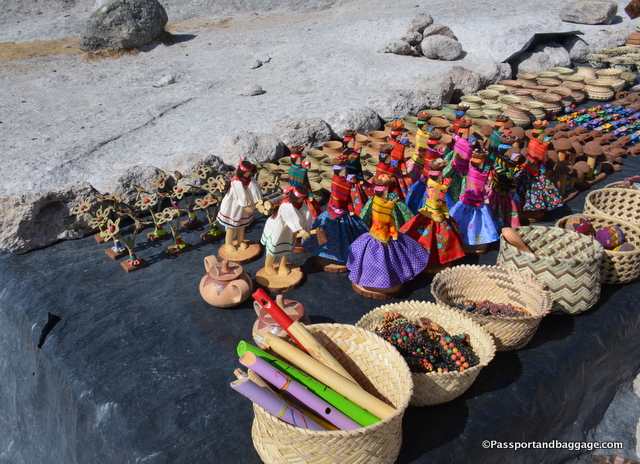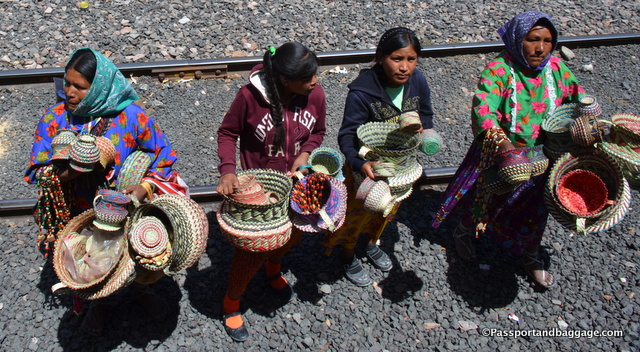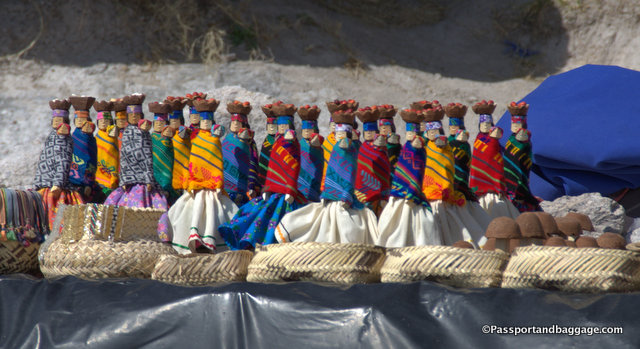May 5, 2017
Kuira-Ba is a Tarahumara word. Kuira means hello, and then adding the Ba means Good Morning, Good Afternoon or Good Night.
The Tarahumara Indians have a fascinating history, it will take a long time to see how well it survives the future. Many Tarahumara are found in the bigger towns and are discovering fast food and television, but many are still very isolated way up in the mountains of the Sierra Tarahumara.
The main source of income for the Tarahumara is their baskets and belts that they weave. The selling of these items has taken on the classic form of running after tourists and hoping they will purchase your goods. In the town of Creel, you can purchase from The Mission Store with the monies going to the church, or you can travel a few miles to the Tarahumara lands and buy higher quality goods directly from the women. You will rarely spot the men, but the children and the women, in their traditional head coverings and their cheaply purchased cotton tops and skirts, are everywhere. These are not the traditional clothing of the Tarahumara, who wore sheep or cow skins in the ancient times, and later, simple white cloth dresses, but modernity has brought them cotton. The women have always covered their head, but now you will find colorful bandanas doing the same duty.
A small walk from the downtown of Cerocahui is a cave with 21 crosses, and, what you are told, are human bones. These crosses represent the 21 Tarahumara that died in the 1918 Influenza.
The 1918 influenza pandemic is considered by some as the “mother of all pandemics” and may have caused upwards of 20–50 million deaths worldwide during 1918–1920.
The 1918 flu epidemic or Spanish flu was a virus strain of subtype H1N1, believed to have been a mutated swine virus from China. An estimated one-third of the world’s population was infected. There are no accurate figures for the numbers of deaths in Mexico from the pandemic.
It is said, “Each star in the night sky is a Tarahumara Indian whose souls—men have three and women have four, as they are the producers of new life—have all, finally, been extinguished.”
The Tarahumara people, who call themselves the Rarámuri, have lived in the Sierra Tarahumara for five hundred years, leaving the flatlands to escape the Spaniards. The Spaniards had guns, but also a very strange facial hair, causing the Tarahumara to call them chabochi, or “person with spiderwebbing across the face.” Today the word chabochi is simply used as someone who is not Tarahumara. Rarámuri means “foot-runner” or “he who walks well,” and they’ve been known to amaze non-Raramuri ultramarathoners by easily running past them in hirachi sandals and stopping for a cigarette now and then.
The Tarahumara are very private people, and not quick to smile, I found them willing to be photographed, but only with a lot of coaxing.
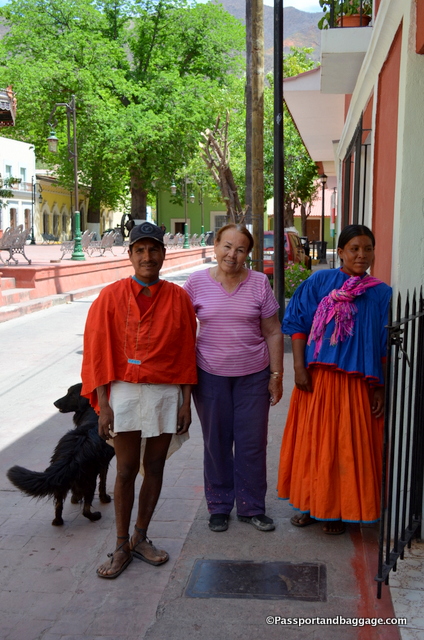
A Tarahumara couple, he is in the traditional dress of the male. The woman in the middle is Juanita from Juanita’s Hotel in Batopilis
Tourism is not the only thing invading the Tarahumara way of life. Illegal logging has devastated 88% of the forests in this area, leaving only 2% of their unique habitat. Narco-trafficking is also a problem, either by planting marijuana in the remaining forests and killing all who enter or forcing the Tarahumara to plant illegal crops in place of their food source: corn and beans. The future of the Tarahumara closer to developed areas is obviously in danger of going extinct but as you travel deeper into the Sierras you realize how many Tarahumara have made their homes deep, deep in the canyons far away from other human interference.
There is little written in English of the Tarahumara Indians, and not much more written in Spanish. However, I discovered the photos of Bob Schalwijk in his book, Tarahumara, that is sold in the Mission Store. His photographs capture the true spirit of these people in ways you can not see if you are not living amongst them for long periods of time. If you have a chance to get your hands on a copy, I highly suggest you do.
